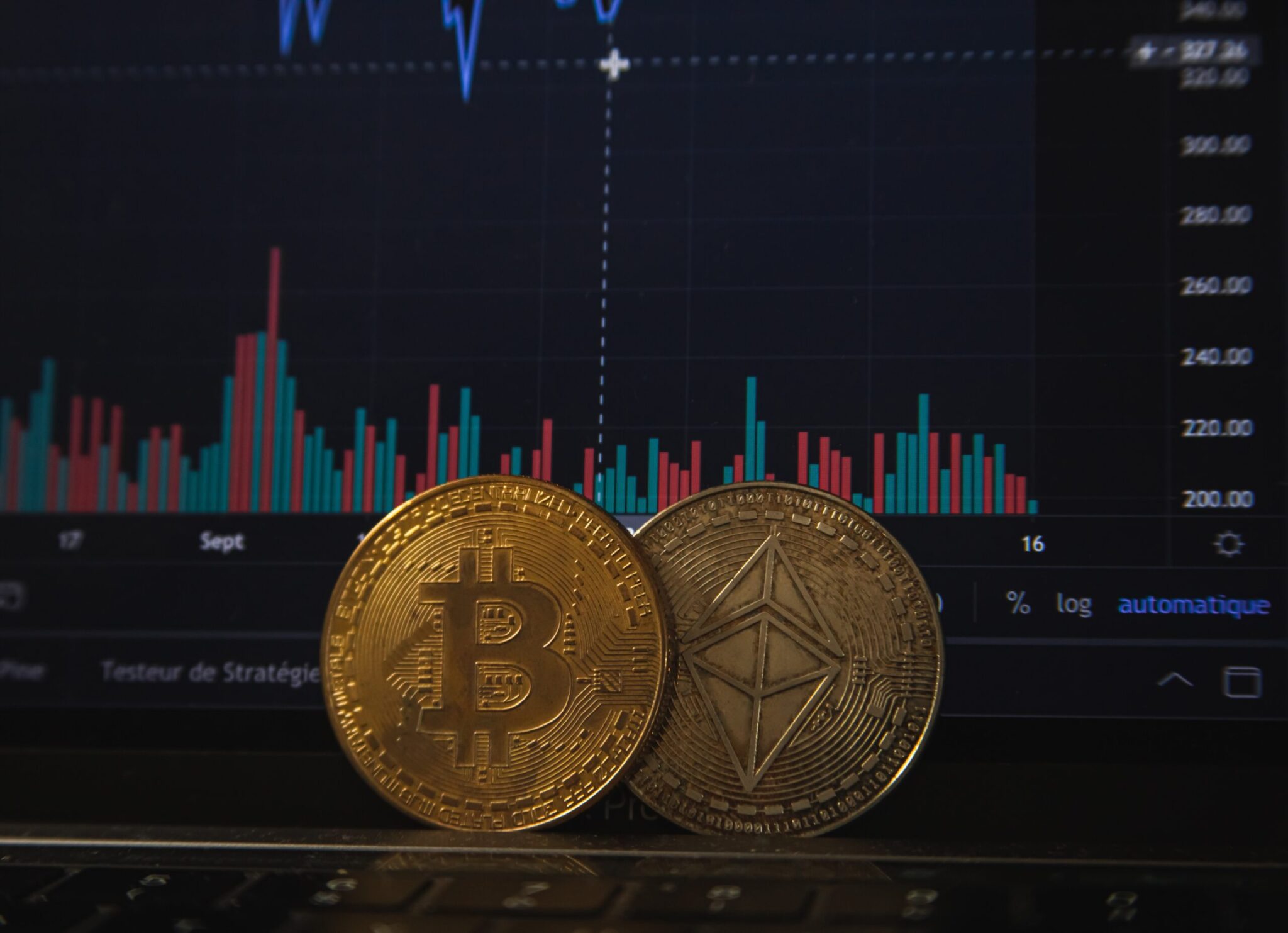Bitcoin faces a difficult month in 2023 as Circle reduced its holdings in U.S. bonds due to concerns about the debt ceiling.
In what has been a tumultuous month for Bitcoin, the world’s largest cryptocurrency has encountered numerous challenges, testing its resilience. Furthermore, market volatility, regulatory scrutiny, and global economic uncertainties, have all contributed to the difficulties faced by Bitcoin.
As a result, it has endured its toughest period in 2023, experiencing significant hurdles and downward pressure on its value. Notably, market volatility has played a significant role in the fluctuations and downward pressure on Bitcoin’s value.
Additionally, regulatory scrutiny has added to the challenges faced by the cryptocurrency. Furthermore, global economic uncertainties have further contributed to the notable fluctuations in Bitcoin’s value. Consequently, investors and traders alike have grappled with the challenges posed by the highly volatile nature of the digital asset.
Vigilance and Adaptation of Bitcoin in the Evolving Regulatory Landscape
To begin with, the cryptocurrency market has witnessed extreme volatility. Bitcoin, in particular, has experienced sharp price swings and sudden shifts in investor sentiment. These fluctuations have created a highly unpredictable environment for traders and investors.
These fluctuations have been influenced by various factors, including market speculation, macroeconomic indicators, and geopolitical events. As a result, investors have been confronted with a highly unpredictable landscape. This has necessitated the need for caution and the implementation of sophisticated risk management strategies.
Successfully navigating these challenges has become paramount for investors seeking to protect their portfolios and maximise returns.

Adding to the complexity, regulatory scrutiny of cryptocurrencies has intensified worldwide. Governments and regulatory bodies have maintained a close watch over the market, seeking to strike a delicate balance. This balance aims to foster innovation in the cryptocurrency industry while simultaneously ensuring the protection of investors.
The objective is to create a regulatory framework that promotes growth and stability while mitigating potential risks. The heightened scrutiny has sparked discussions regarding potential regulatory measures. These measures aim to enhance transparency, mitigate risks, and ensure the stability of the financial system. Consequently, market participants must remain vigilant and adapt to evolving regulatory landscapes.
Circle’s Risk Management Strategy: Reducing U.S. Bond Holdings
In response to mounting concerns surrounding the U.S. government’s debt ceiling, Circle, a prominent financial technology firm, has made a strategic decision to scale back its exposure to U.S. bonds.
This proactive move reflects Circle’s commitment to prudent risk management and protecting its investment portfolios. With negotiations and discussions ongoing in Congress, the potential for a default on U.S. debt has raised significant concerns among market participants.
By reducing its U.S. bond holdings, Circle aims to mitigate potential adverse effects that may arise from a default or any disruptions in the U.S. bond market. This strategic adjustment demonstrates Circle’s adaptability and ability to make informed decisions in response to changing market dynamics.
By prioritizing risk management, Circle aims to safeguard its investments and navigate the uncertainty posed by the debt ceiling discussions.
Navigating Uncertainty: Caution and Adaptability in the Bitcoin Landscape

The repercussions of Bitcoin’s challenging month go beyond price fluctuations. Governments and regulatory bodies worldwide are scrutinising market volatility and regulatory aspects of cryptocurrencies.
This focus on striking a balance between innovation and investor protection has led to increased scrutiny and potential regulatory measures. As a result, market participants must exercise caution, employ robust risk management strategies, and adapt to navigate the evolving landscape effectively.
As the cryptocurrency industry matures, regulatory frameworks and industry standards are expected to evolve. This evolution aims to address emerging challenges and promote market stability.
Market participants, including investors, exchanges, and financial institutions, must remain proactive in complying with regulations, implementing security measures, and adhering to best practices. Such an approach enhances industry credibility, trustworthiness, and contributes to long-term sustainability and growth.
The Complexity of Financial Markets and the Need for Adaptability
Bitcoin’s challenging month, marked by significant volatility, and Circle’s strategic move to reduce U.S. bond holdings in response to debt ceiling uncertainty, underscore the complexities and risks inherent in cryptocurrency and financial markets.
These developments serve as a stark reminder to market participants of the need for vigilance, effective risk management, and adaptability.
As the month concludes, stakeholders will closely monitor Bitcoin’s performance and debt ceiling discussions, highlighting the ongoing need for assessment and proactive decision-making. In this ever-evolving environment, staying informed, resilient, and responsive is crucial for success.
Read More:
Nike NFTs to be Integrated into EA Sports Games, Opening Doors to Millions of Fans

